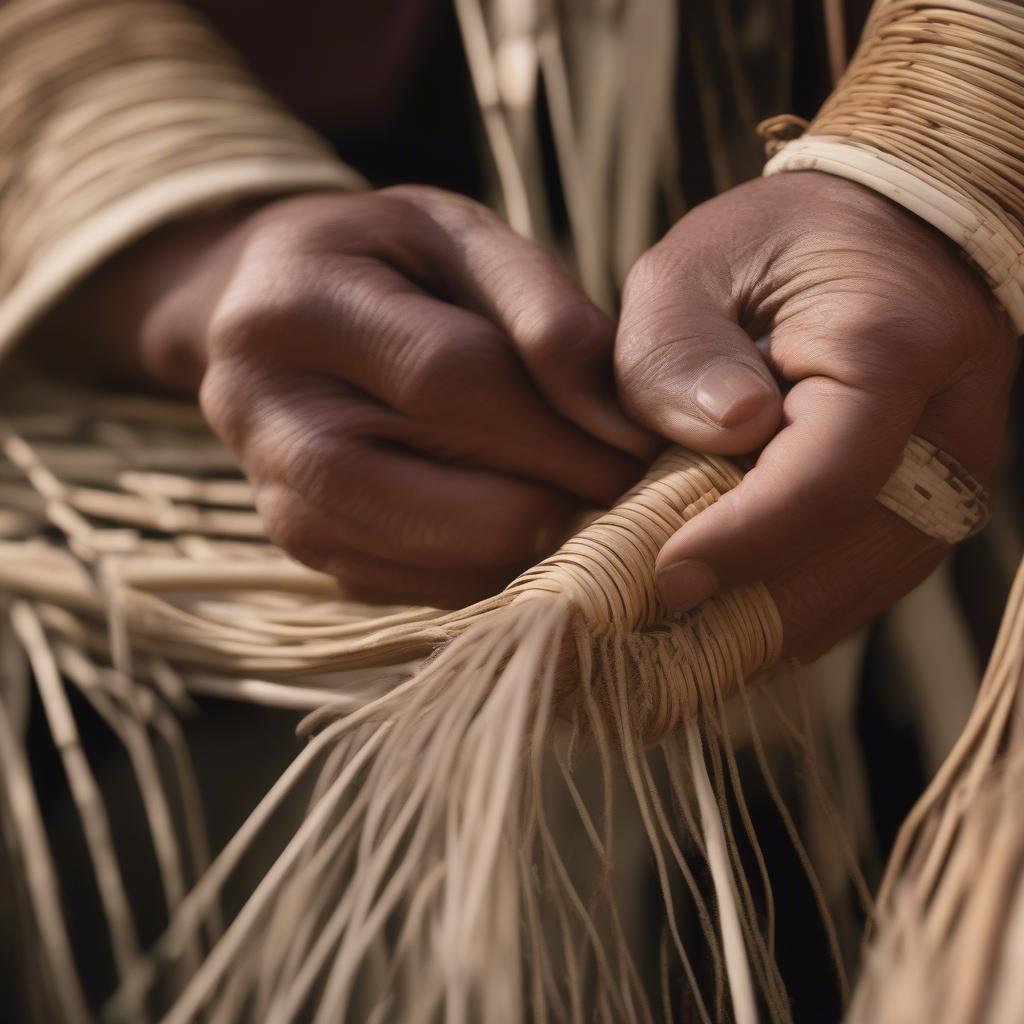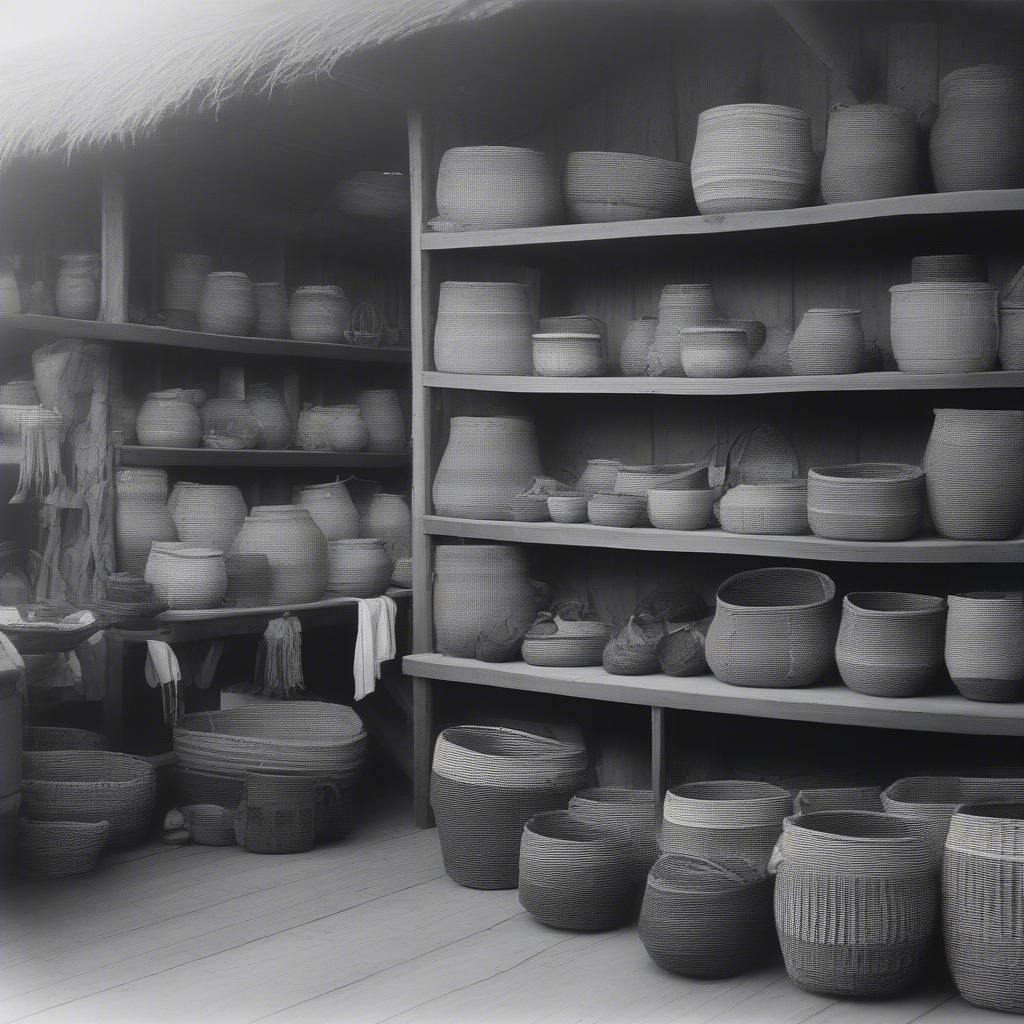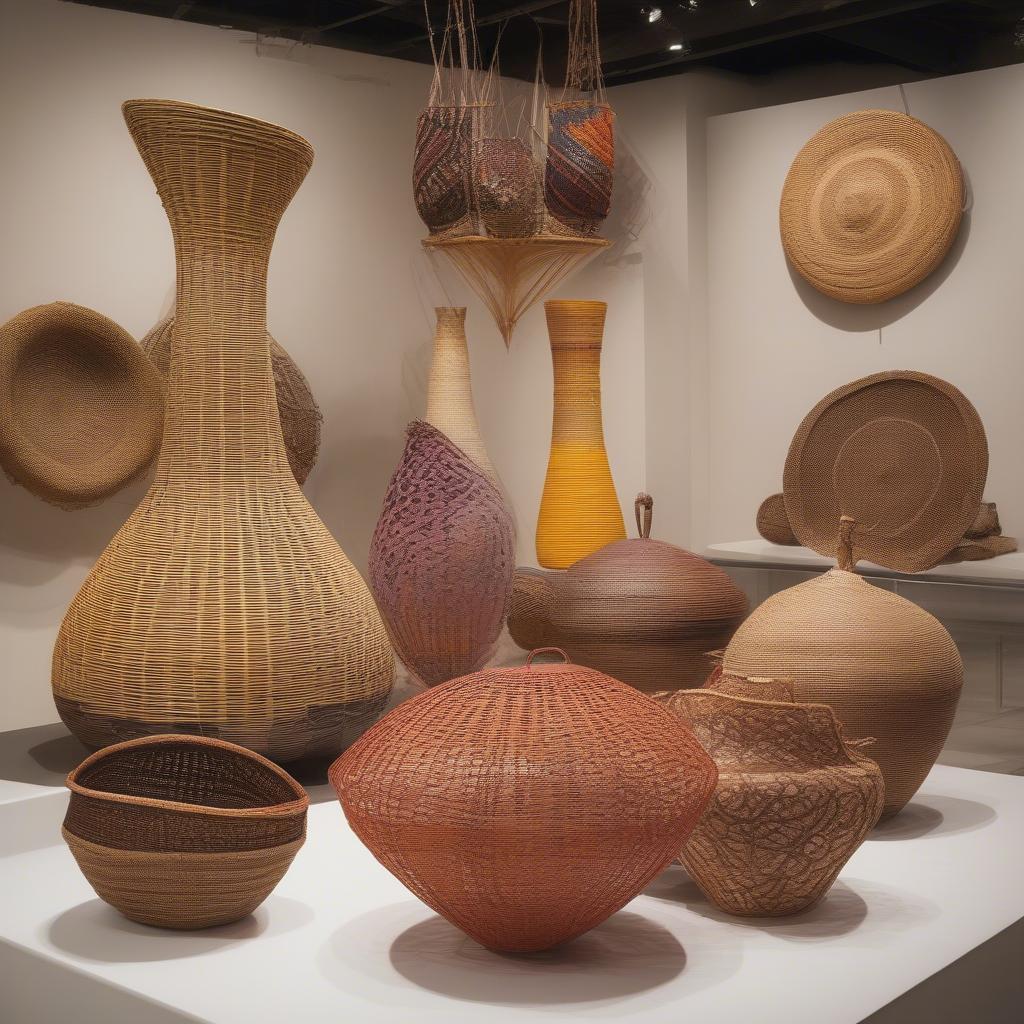Basket Weaving
When Did Basket Weaving Start in California?
Basket weaving, a timeless craft, has deep roots across cultures, and California is no exception. Understanding when basket weaving began in the Golden State requires a journey back through its rich and diverse history, exploring the traditions of its Indigenous peoples and the influence of later arrivals.
Unraveling the Origins: Basket Weaving Before California
Before delving into California’s basket weaving history, it’s essential to recognize that the practice predates the state’s formation by millennia. Across the globe, various cultures developed intricate basketry techniques for utilitarian and artistic purposes. From ancient Egypt to the Americas, baskets were integral to daily life, used for storage, transportation, and even ceremonial practices. This global perspective helps us understand that basket weaving wasn’t simply “invented” in one place but evolved independently in many regions.
California’s Indigenous Weavers: A Legacy of Artistry
The true story of basket weaving in California begins with the state’s Native American tribes. Long before European contact, California’s indigenous communities had perfected the art of basketry, creating some of the most sophisticated and beautiful baskets in the world. These weren’t just functional objects; they were expressions of cultural identity, artistic mastery, and spiritual beliefs. Different tribes, from the Pomo in the north to the Cahuilla in the south, developed distinct styles, techniques, and materials, reflecting the unique ecosystems they inhabited.
 California Indigenous Basket Weaving Techniques
California Indigenous Basket Weaving Techniques
The Impact of Spanish Missions: A Shift in Tradition
The arrival of Spanish missionaries in the late 18th century marked a turning point. While the missions introduced new materials and techniques, they also disrupted traditional practices. Indigenous peoples were often forced to produce baskets for the mission system, impacting the cultural and spiritual significance of their work. This era saw a blend of traditional and European influences, leading to new forms and designs.
The Rise of Commercial Basketry: From Craft to Commodity
The Gold Rush of 1849 brought a surge of people to California, further impacting basket weaving traditions. Indigenous basketry became a sought-after commodity, leading to increased production and the emergence of new markets. While this provided economic opportunities for some, it also resulted in the exploitation of Native American labor and the decline of certain traditional practices.
 Commercial Basket Production in 19th Century California
Commercial Basket Production in 19th Century California
Basket Weaving in Modern California: A Revival and Celebration
Today, basket weaving in California is experiencing a resurgence. Native American artists are reclaiming and revitalizing traditional techniques, passing down their knowledge to future generations. Contemporary artists are also exploring new forms and materials, pushing the boundaries of the craft. Museums and cultural centers play a vital role in preserving and showcasing the rich history of California basketry, ensuring its legacy for years to come.
A Timeless Craft Continues: The Future of Basket Weaving
Basket weaving in California has evolved significantly over time, from its ancient origins in Indigenous communities to its place in the modern art world. Understanding this journey provides a deeper appreciation for the artistry, cultural significance, and enduring power of this timeless craft.
 Modern Basket Weaving in California
Modern Basket Weaving in California
Conclusion
The question of “When Did Basket Weaving Start In California” doesn’t have a single answer. It’s a story of ancient traditions, cultural resilience, and artistic evolution. From the intricate work of California’s Indigenous peoples to the contemporary artists who continue to push the boundaries of the craft, basket weaving remains a vital part of the state’s cultural heritage.
FAQs
-
What materials did California Indians traditionally use for basket weaving? California Indians utilized a wide array of natural materials, including willow, sedge, tule, and bear grass, depending on their local environment and tribal traditions.
-
How did the missions impact Native American basket weaving? The missions introduced new materials and often required Indigenous peoples to create baskets for the mission system, altering the traditional purpose and significance of their craft.
-
Where can I learn more about California Indian basketry? Many museums and cultural centers throughout California have collections and exhibitions dedicated to Native American basketry.
-
Are there any contemporary basket weavers in California? Yes, there are numerous contemporary basket weavers in California, both Native American artists carrying on ancestral traditions and non-Native artists exploring new forms and materials.
-
What is the significance of basket weaving in California today? Basket weaving continues to be an important cultural practice, representing both a connection to the past and a vibrant form of contemporary art.
-
What types of baskets were traditionally made in California? California Indians created a wide variety of baskets, including burden baskets, storage baskets, cooking baskets, and ceremonial baskets, each designed for specific purposes.
-
How can I support contemporary basket weavers? You can support contemporary basket weavers by attending exhibitions, purchasing their work, and participating in workshops and classes.
For further assistance, please contact us at Hanoi, Vietnam or Tech Avenue, Suite 12, San Francisco, CA 94105, USA. We have a 24/7 customer service team.
